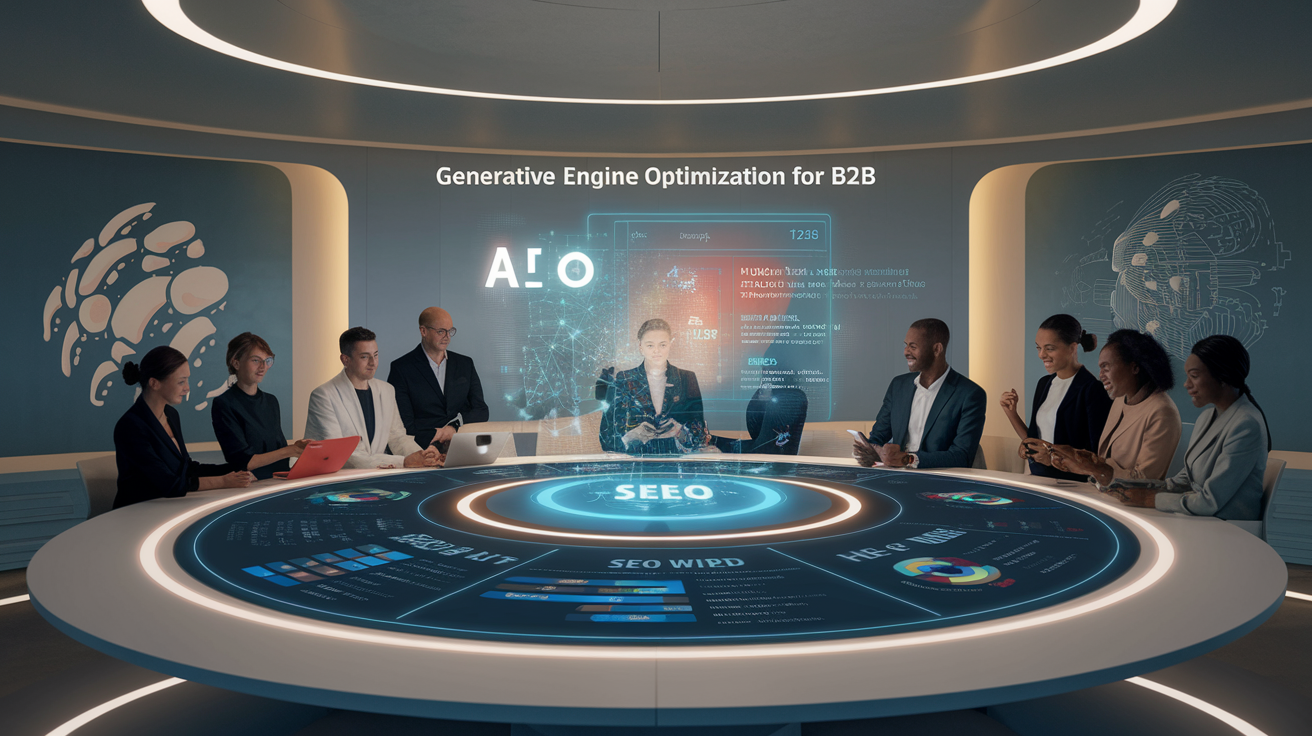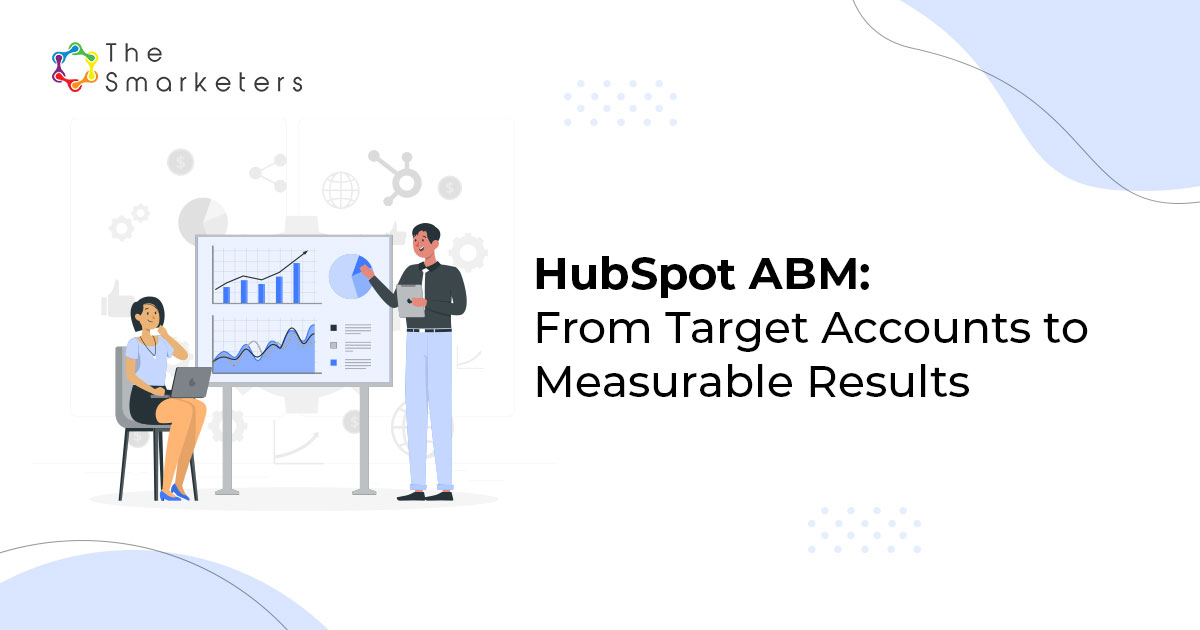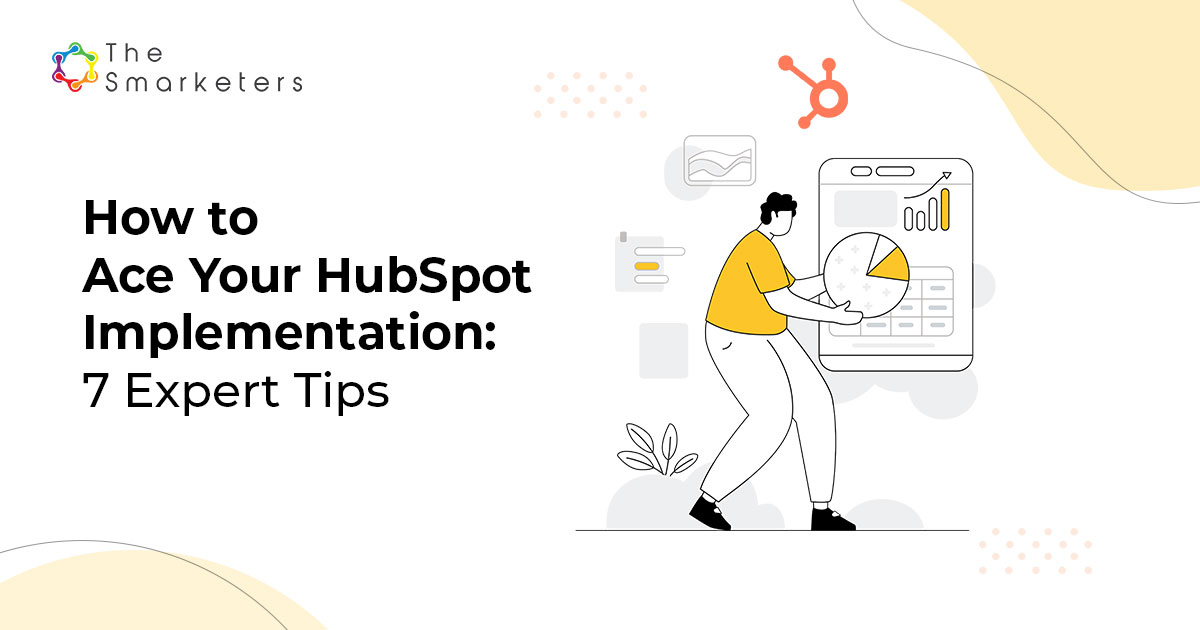Contents
The digital landscape is changing rapidly, and so is how we discover and engage with content online. For content strategists, SEO professionals, and marketing teams, one thing is clear: visibility is no longer solely determined by human search behavior or traditional keyword rankings. The rise of Large Language Models (LLMs) is reshaping how content is surfaced, summarized, and cited across various platforms.
Unfortunately, content doesn’t age like a fine wine—it loses relevance over time and can eventually decay in value. That’s why content revamp strategies are becoming essential to maintaining your content’s impact. But refreshing content isn’t as simple as updating a few dates or tweaking headlines. It’s a strategic process that requires proper planning, data analysis, and the right tools for content audit and optimization.
As AI-driven platforms like ChatGPT and Bing Chat continue to grow, content must be structured to meet the needs of both traditional search engines and AI systems. This is where LLM optimization (LLMO) becomes crucial. Content for LLMs needs to be formatted in a way that enables AI systems to easily parse, understand, and reuse it in AI-generated answers. As users shift from the traditional “search-and-click” model to an “answer-first” approach, optimizing content for LLM content performance becomes key to staying visible.
This shift requires a rethinking of your strategies to ensure your content ranks well not only in Google but also within AI-driven environments.
The good news? Optimizing for LLMs allows you to create impactful content efficiently—without needing advanced technical expertise. By updating your content regularly and implementing best practices for refreshing old blog posts, you can significantly boost content relevance and content performance metrics.
In this detailed guide, we’ll dive into how to identify underperforming content, use the best AI content analysis tools, and optimize content to maximize keyword density optimization, internal linking, and entity optimization. We’ll also show you how to track post-update success and measure the ROI of content refresh initiatives.
Content for LLM – What is It?
LLMs are artificial intelligence systems designed to understand and generate human-like text. What sets them apart from traditional search engines is their ability to process content using semantic understanding, intent matching, and contextual relevance rather than relying solely on keyword matching or ranking algorithms.
When we say “Content for LLMs,” it indicates content made specifically for Large Language Models (LLMs) like ChatGPT, Gemini, Perplexity, etc.
Key Features of LLMs:
- Semantic Understanding: LLMs prioritize the meaning behind words, focusing on how content is structured and the relationships between terms, rather than relying on exact keyword matches.
- Intent Matching: These models aim to provide the most relevant answers by understanding the user’s query and delivering precise, context-aware information.
- List Item #3









